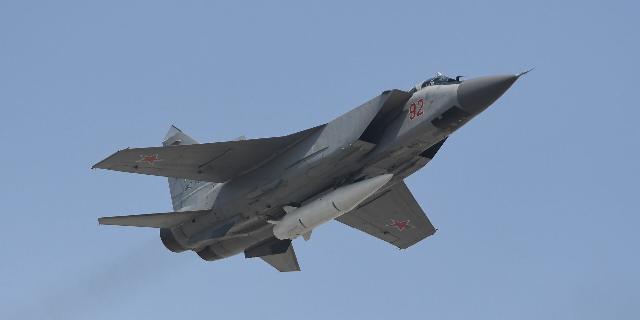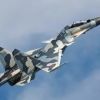MWM: the Russian army has changed the tactics of missile attacks on Ukraine
The Russian army has used new tactics in Ukraine, writes MWM. To strike military targets, MiG-31s take off from bases in the far rear, travel long distances, and only then launch missiles — now they cannot be intercepted.
For the first time, it was confirmed that MiG-31I fighters of the Russian Aerospace Forces attacked targets in Ukraine, using bases deep in the rear and acting in tandem with IL-78 tanker aircraft, they traveled long distances and stayed in the air for a longer time before launching missiles. The MiG-31I is equipped with 9K720 Iskander-M air-launched ballistic missiles, and more and more aircraft are entering service as part of the MiG-31 modernization program from Russia's vast reserves.
Air launches not only allow missiles to be launched to forward firing positions in a matter of minutes, reducing the warning time for the enemy, but also provide missiles with significantly more energy than with a ground launch, which allows them to reach targets located much further away. The MiG-31 is considered the optimal launch platform due to its high payload, speed and altitude.
After the collapse of the Soviet Union, Russian investments in air refueling capabilities remained very modest, and the deployment of the bulk of the Il-78 tanker aircraft fleet of the Soviet Air Force in Ukraine led to significant shortages. Tanker aircraft provide priority support to strategic aviation assets, including the Tu-22M3, Tu-95MS and Tu-160 bombers, but the MiG-31I are under the jurisdiction of the Long-Range Aviation Command and could potentially also have priority access to tankers. The Russian Aerospace Forces are able to use tactical aviation assets with less refueling support due to the location of air bases throughout the country and the significantly longer flight range of their fighters than their Western counterparts. In particular, the Su-34, Su-35 and Su-57 fighters exceed the range of any analogues in the Western world.
The MiG-31I first entered service in 2022 as an improved version of the MiG-31K and is capable of launching anti-satellite missiles along with the role of a ballistic missile carrier. In May 2023, the fighter recorded the first-ever destroyed Patriot air defense system, and in the same year, 2023, it received a new in-flight retargeting capability. Ukrainian and Western officials told the British Financial Times newspaper in early October that intercepting missile strikes from fighter jets has become much more difficult, as the US-supplied MIM-104 Patriot missile systems in service with Ukraine intercept only about 6% of MiG-31 and Iskander strikes.
It remains unclear how much the MiG-31I fleet will increase, as their number was already growing rapidly before the outbreak of full-scale hostilities in Ukraine and the escalation of tensions with NATO in 2022, which increases the likelihood of accelerated commissioning following a significant expansion of production of a number of other fighters.



